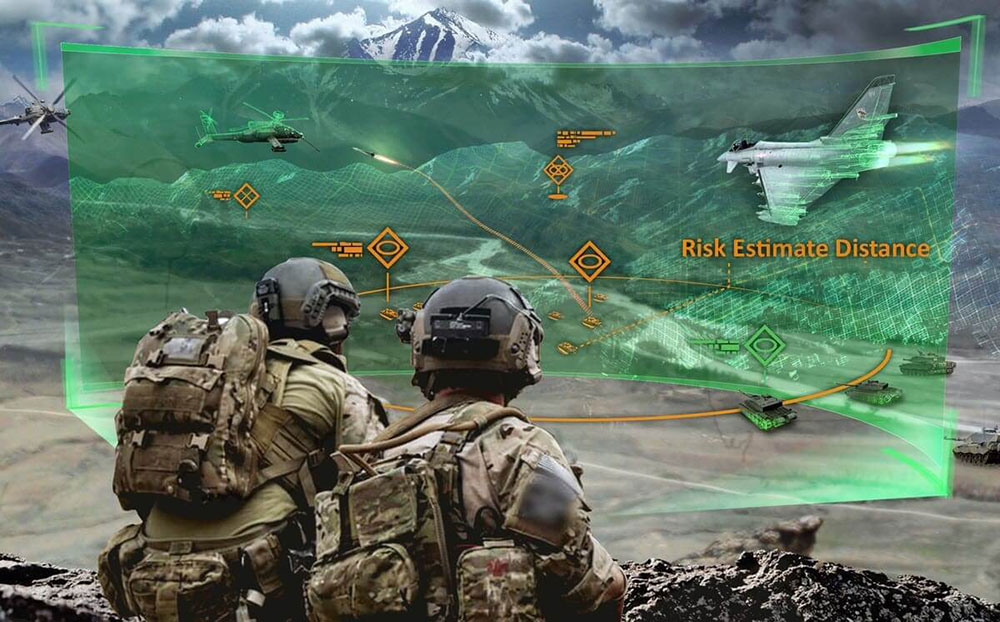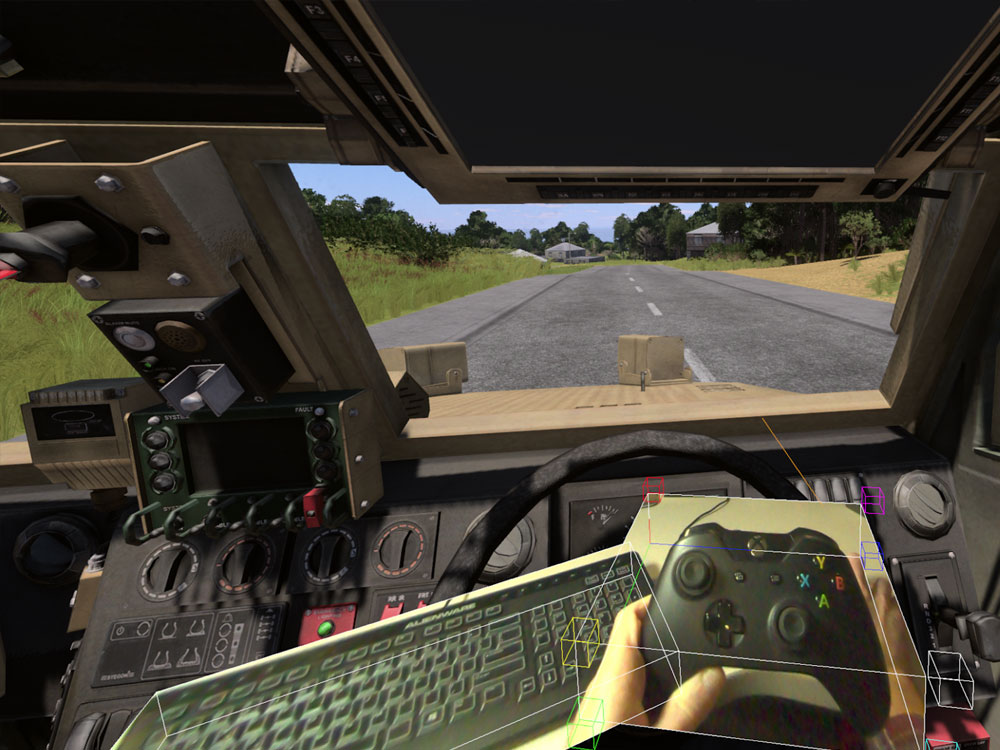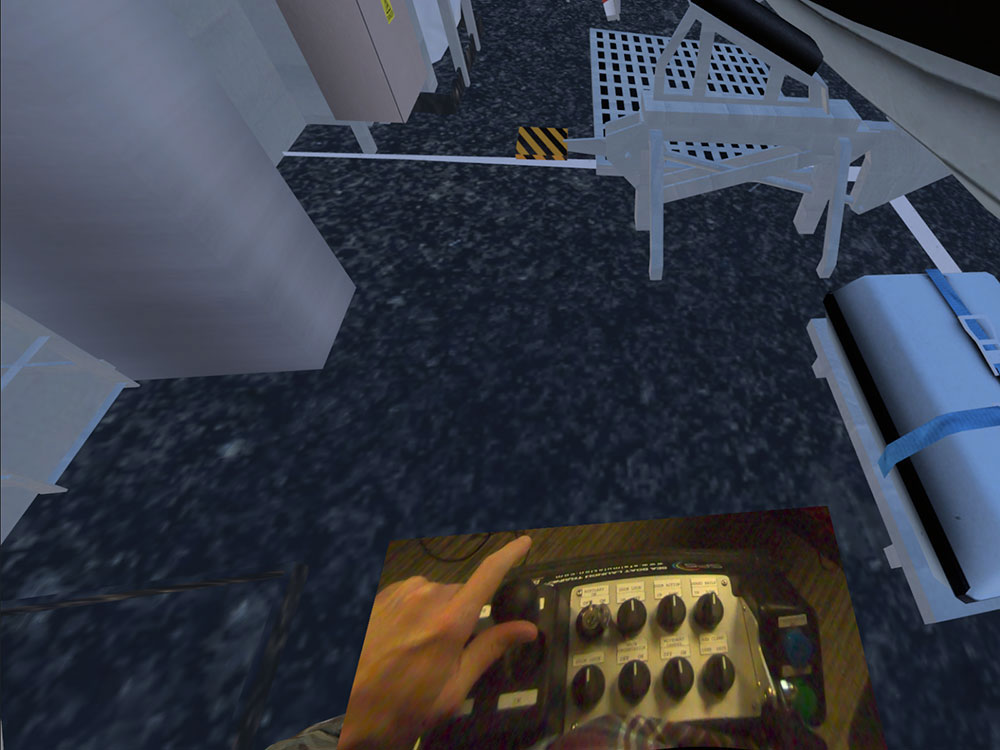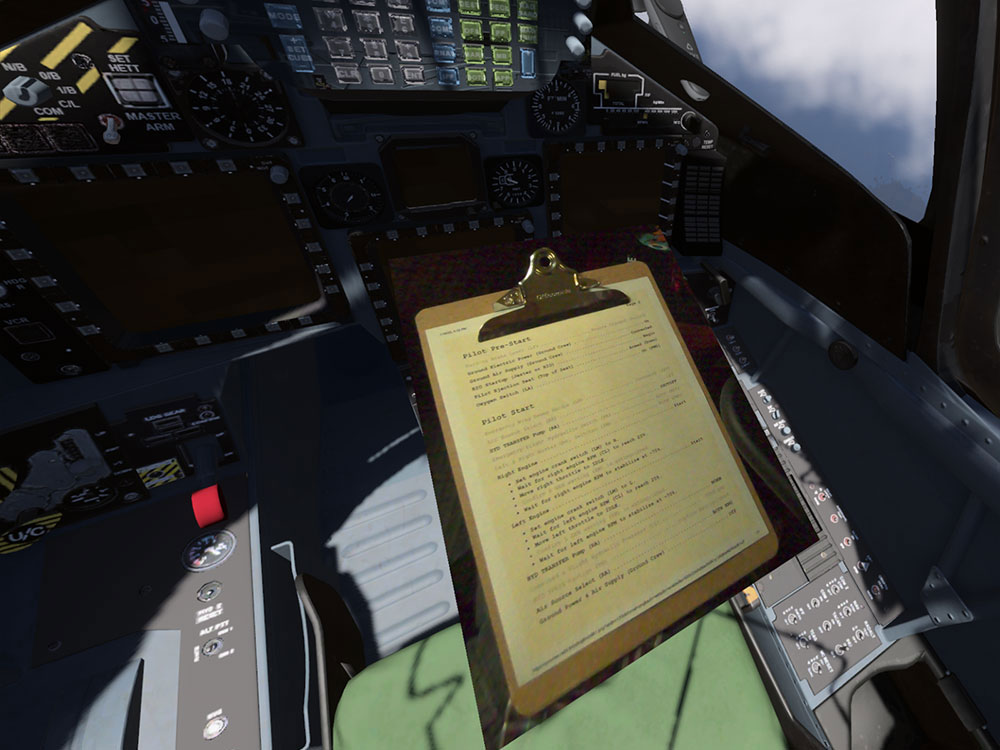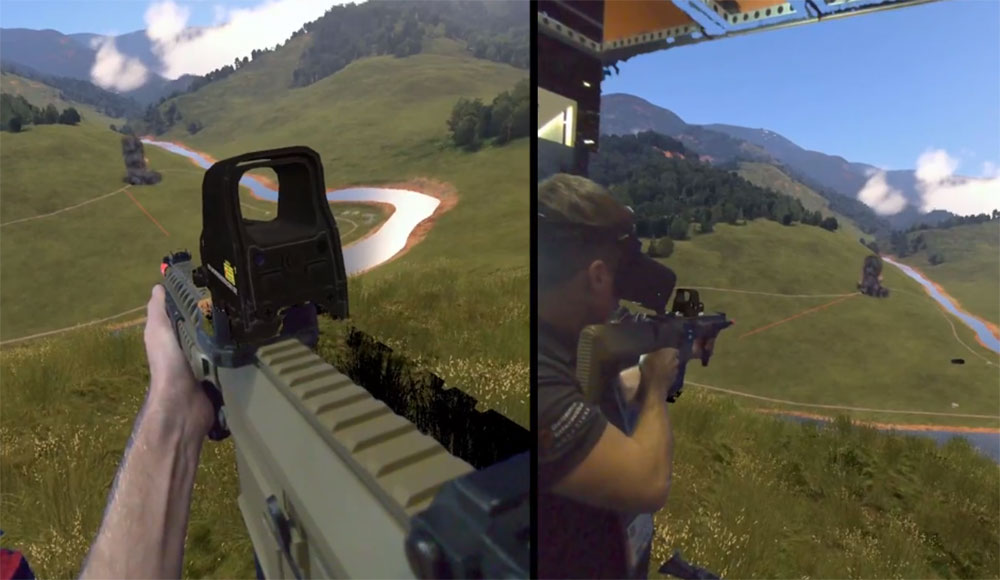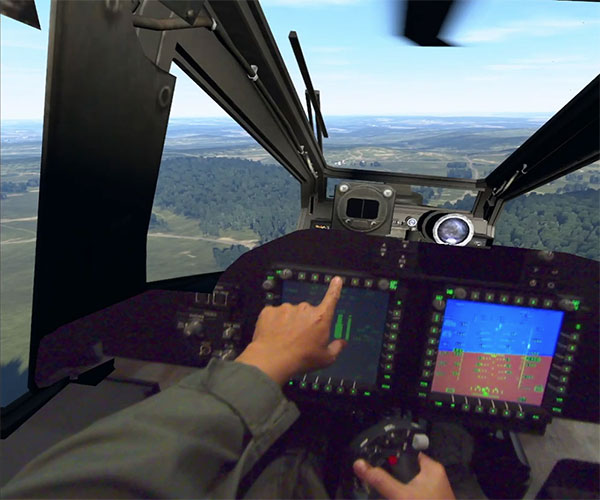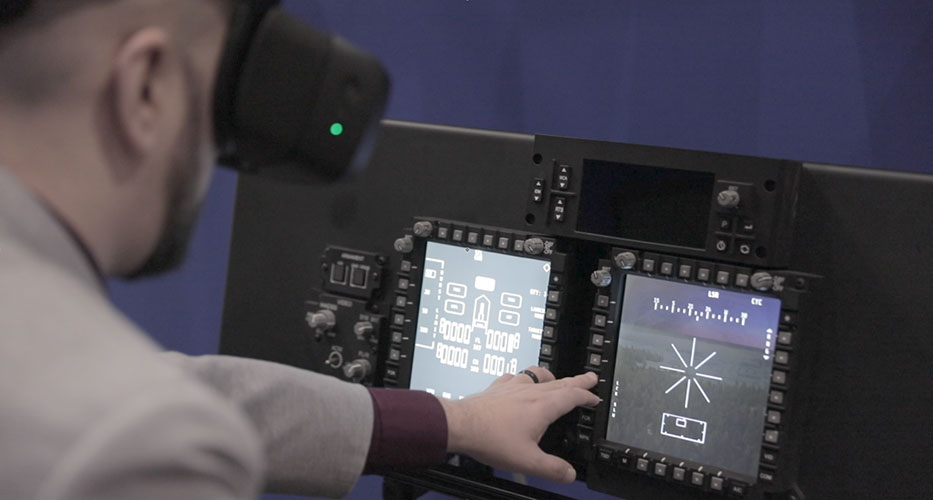By Tim Turcich, Sr. AR/VR Software Engineer
The defense industry worldwide is moving towards immersive training technologies to support next-generation infantry simulations and mission rehearsals. These technologies create real-world training environments that help users gain situational awareness and improve operational readiness.
As one of the leading developers of simulation and training software, BISim's VBS technologies provide a comprehensive set of tools for immersive training, including:
- Scenario generation
- A model library
- Geospecific terrain
- Artificial intelligence
- After-action review tools.
These technologies also enable the rapid development of principal immersive technologies such as Virtual Reality (VR), Augmented Reality (AR), Extended Reality (XR), and Mixed Reality (MR) for defense-related training.
In this blog post, we will focus on the benefits of using MR in training applications and the new VBS4 MR tools that can help take your training to the next level. But first, let's explore what MR is and how it enhances training.
Fig.1: Soldiers collaboratively mark adversary troop locations on a projected digital twin map. Source: Jasoren
What is MR?
MR is a hybrid of real and digital environments in which real and digital objects can interact. E.g., trainees can interact collaboratively with the digital elements that are correlated with the real world.
MR is gaining popularity in the defense industry because of its ability to comply with the "train as you fight" doctrine and bring training conditions closer to real conditions. By using this technology, soldiers can learn the skills and knowledge they need to perform in the field.
Military training frequently uses MR for flight training, bringing a real cockpit interface into an immersive headset. This allows pilots to train in a simulated environment that closely resembles the real world, helping them to build muscle memory and hone their skills in a safe and controlled environment.
MR also allows ground soldiers to practice their skills collaboratively, even if they are not physically together. By connecting soldiers spatially to the same forward observer visualization, MR technology enables soldiers to work together and simulate real-world scenarios, regardless of their physical location
XR/MR technologies are revolutionizing military training, and at BISim, we're excited to be at the forefront of this transformation. Our VBS4 MR tools provide a seamless integration of virtual and real environments, allowing military personnel to train in immersive simulations that closely resemble real-life conditions.
VBS4 tools that support MR
1) MR masking tools to elevate VBS4 scenario application for immersive training
Let’s say you have a VBS scenario that works well on a desktop trainer — what if you could add an immersive view and also interact with real-world objects simultaneously?
MR masking tools allow users to add an immersive view and interact with real-world objects they already use reliably. By isolating the real and virtual elements where they are most powerful, users can experience a more realistic training scenario. For example, they can see and touch actual equipment while experiencing an immersive whole-earth simulation around them.
Fig.2: Quickly bring control and instructional methods you already used with VBS4 in an immersive 3D visual.
VBS4 MR masking tools make this possible by allowing users to use computer-aided design placement with standard VR controllers to choose how real and virtual elements are visualized in the scenario.
Fig.3: A collaborative VBS4 MR training scenario where a trainee (right) shares operation and acquisition with another trainee (left).
2) XR training platform for correlated spatial collaboration
The XR training platform tool from VBS Blue IG empowers multiple trainees to share a common real and virtual location, ensuring seamless correlation between all real and virtual elements. The tool automatically brings together VR/MR-tracked devices like head-mounted displays and object tracking in the same real-world space, while also providing a comprehensive view of the VBS4-hosted scenario. This technology is particularly useful in helicopter aircrew training, collaborative weapons training, and joint terminal attack controller (JTAC) environments.
3) Calibration alignment tool for seamless movement between real and virtual elements
To create a cost-effective and flexible virtual pilot training experience, the use of smaller and portable trainers has become increasingly important. With the help of MR technology, physical cockpits can be seamlessly integrated into virtual environments. However, the challenge lies in properly aligning the real and virtual elements to ensure smooth transitions. This is where the VBS calibration alignment tool comes in, allowing trainees to accurately position real-world interfaces in the virtual environment. As a result, trainees can easily shift their gaze between cockpit interfaces and the outside world, creating a seamless and immersive training experience.
MR will transform military training
MR technology has opened up new avenues for military training, enhancing the overall training experience and better preparing soldiers for real-life missions. With VBS4 MR tools, we are able to bridge the gap between virtual and real environments bringing training as close to real-life conditions as possible. The MR tools can be used for a variety of applications, from pilot and helicopter crew training to ground vehicle training. If you're interested in learning more about MR training applications or seeing a demonstration, please don't hesitate to reach out to us at sales@bisimulations.com.

